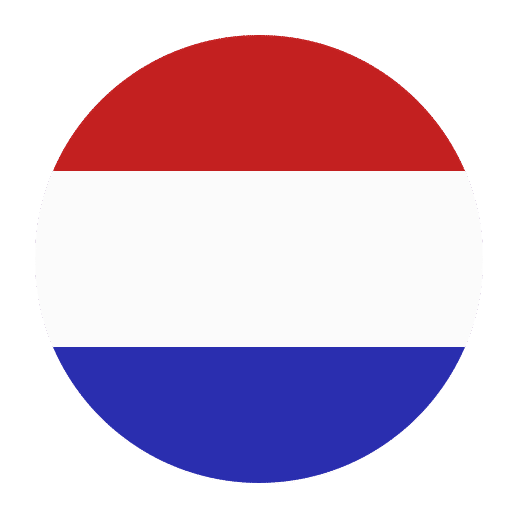DUTCH GRAMMAR
EXERCISES
Embarking on the journey to learn Dutch is an enriching experience, but it all begins with mastering Dutch grammar theory. This guide delves into the foundations and functions as well as the nuances and mastery of Dutch grammar, designed to provide you with a solid understanding of the language’s structure. To facilitate your learning process, we highly recommend using the Dutch learning tool LinguaTeacher, which is designed to transform grammar studies into engaging and effective lessons.

Understanding Dutch Grammar: Foundations and Functions
Dutch grammar theory encompasses various rules and structures that define how words and sentences are formed. At the core of understanding Dutch grammar is mastering fundamental aspects such as word order, verb conjugations, noun-adjective agreement, and sentence construction.
Word order in Dutch typically follows a Subject-Verb-Object (SVO) structure, which can shift based on questions or subordinate clauses. For example, “Ik ga naar de winkel” (I am going to the store) is a straightforward SVO sentence. Understanding these shifts is crucial for both spoken and written communication.
Verb conjugation is another essential component of Dutch grammar theory. Regular verbs in Dutch are categorized mainly into weak (regular) and strong (irregular) groups, each with distinct conjugation patterns. Mastering these patterns helps with clear and accurate communication. LinguaTeacher offers exercises and quizzes designed to solidify your understanding of these fundamental concepts.
Advanced Dutch Grammar: Nuances and Mastery
Once you’ve grasped the foundational elements of Dutch grammar theory, it’s time to delve into its intricacies. Advanced grammar involves nuanced understanding and the ability to manipulate complex structures, such as passive voice, subjunctive mood, and various clauses (relative, conditional, etc.).
The passive voice in Dutch, for example, requires an understanding of auxiliary verbs and past participles, such as in the sentence “Het boek wordt gelezen door de student” (The book is being read by the student). Such structures are pivotal for achieving fluency and a higher level of competency in formal and creative writing.
Subjunctive mood, though less common in contemporary Dutch, still appears in specific contexts, such as expressing wishes or hypothetical situations. Mastery of such nuances marks your transition from intermediate to advanced proficiency, giving you the ability to use the language more fluidly and naturally.
Elevate your Dutch grammar theory understanding by practicing with LinguaTeacher’s advanced modules. These include interactive lessons that break down complex grammatical structures, facilitating comprehension and retention. By actively engaging in exercises and real-life application, you can transform theoretical knowledge into practical fluency, making your Dutch communication both effective and authentic.

Learn Dutch
Find out more about Dutch learning.
Dutch Theory
Find out more about Dutch grammar theory.
Dutch Exercises
Find out more about Dutch grammar practice and exercises.

